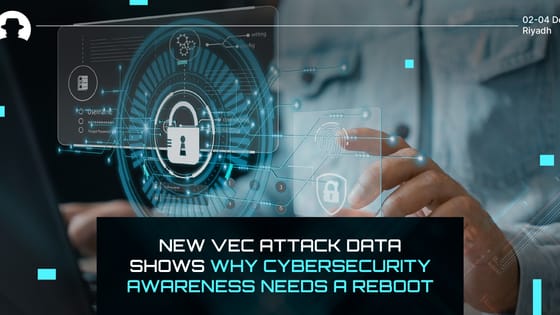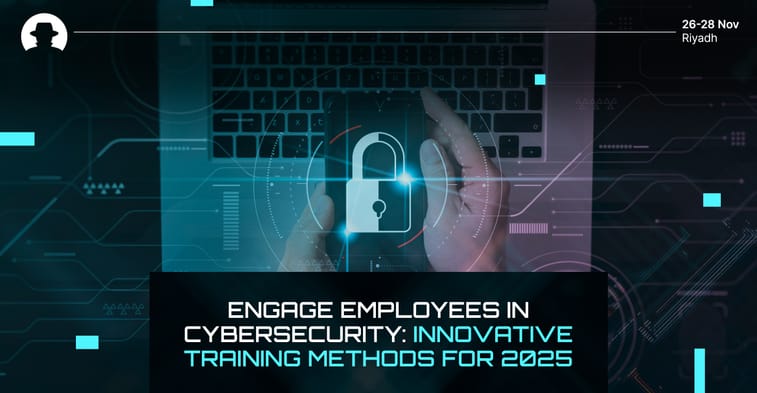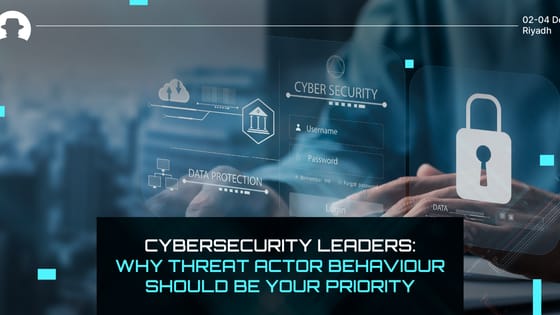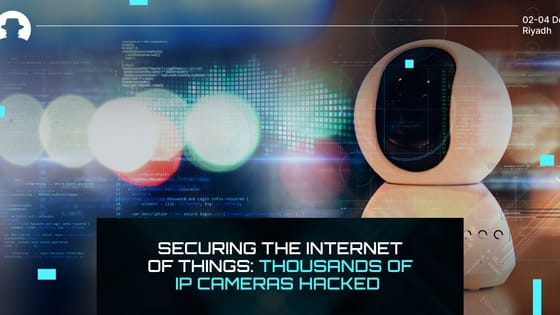
New VEC attack data shows why cybersecurity awareness needs a reboot
New research on vendor email compromise attacks shows that nearly half of employees fall for malicious emails, and 98.5% go unreported.
Read More
There’s no end in sight for the evolution of cyber threats. Criminal groups will continue to develop more sophisticated attacks, and this is placing real pressure on organisations to adapt their cybersecurity awareness training programs.
As we head into 2025, innovative approaches to cybersecurity education will be essential to engage employees and maintain a high level of awareness.
If you’re working on your cybersecurity awareness strategy for 2025, here are four fresh methods to transform your approach to employee learning.
Gamification is growing in popularity across industries as a tactic to engage employees and customers in activities and services that might otherwise be…not particularly exciting. By incorporating game elements into the learning process, you can drive a marked increase in employee engagement with cybersecurity training.
You could consider gamified training tactics including:
Gamification strategies tap into people’s natural desire to achieve something, and to be recognised for that achievement.
In busy, high-pressure work environments, it’s difficult for employees to set time aside for a 30 minute cybersecurity module, or a half-day course. Microlearning solves this problem – breaking down complex security topics into tiny, easy-to-digest modules that can be completed in a matter of minutes.
Microlearning content is short, mobile-friendly, and focused on specific concepts of behaviours that can make an immediate difference to the organisation’s security posture.
AI-driven learning platforms can analyse individual performance to identify knowledge gaps, and make real-time adaptations to learning content to cover those areas. Training content can be customised to different job roles and previous learning outcomes.
You can also leverage AI models to create personalised phishing simulations, exposing employees to situations they’re highly likely to encounter in real life. For example, the AI can analyse an individual employee’s communication patterns and digital behaviours, and generate phishing attempts that mimic threats they’d likely come up against within those patterns.
A growing number of organisations are developing learning reinforcement strategies to help information stay in employees’ minds. Effective learning reinforcement strategies for cybersecurity include:
To ensure your cybersecurity training program is achieving its objectives, you can use advancements in tech to implement increasingly sophisticated measurement and improvement strategies.
By tapping into tools and skill sets that allow you to monitor, evaluate, and gain insights from training program data, you can continue to improve security education initiatives to boost cybersecurity awareness in your organisation throughout 2025.
Join us at Black Hat MEA 2025 and discover how to improve your organisation’s cyber resilience.
Join the newsletter to receive the latest updates in your inbox.

New research on vendor email compromise attacks shows that nearly half of employees fall for malicious emails, and 98.5% go unreported.
Read More
With new data from Arkose Labs, learn why psychology, business strategy and timing are just as important as technology for cyber defence.
Read More
The latest in a long line of attacks against IoT devices that highlights the vulnerability of the Internet of Things.
Read More